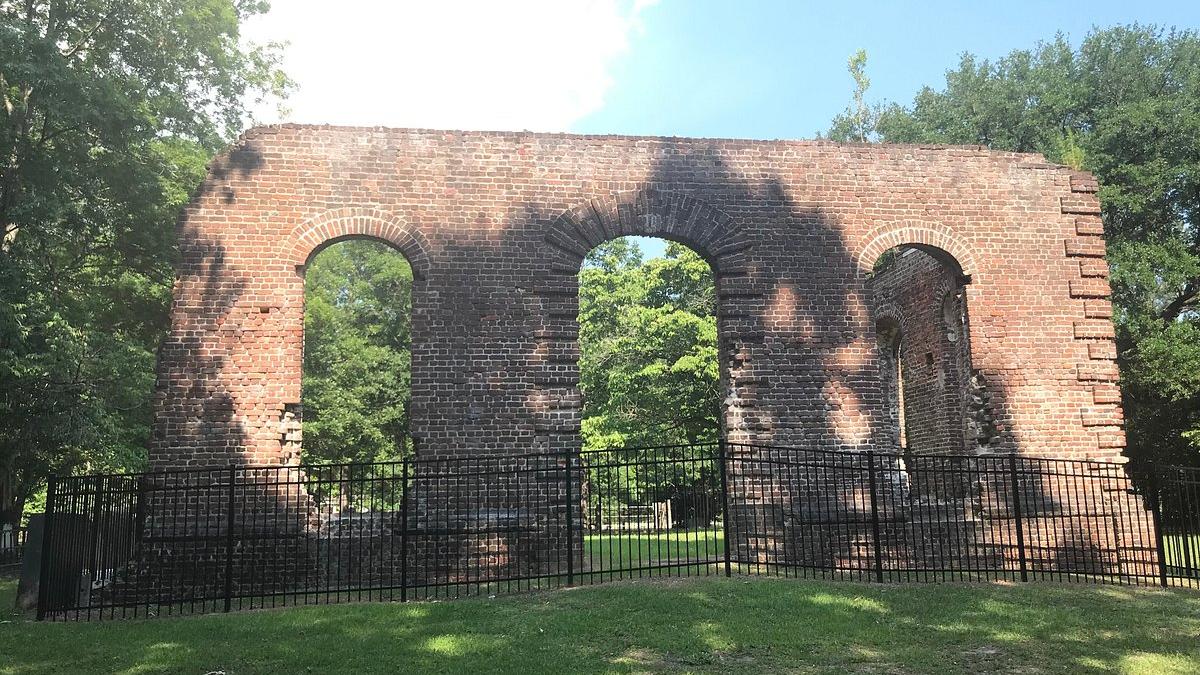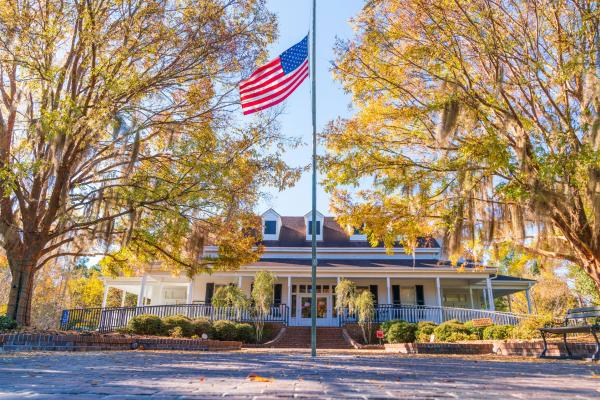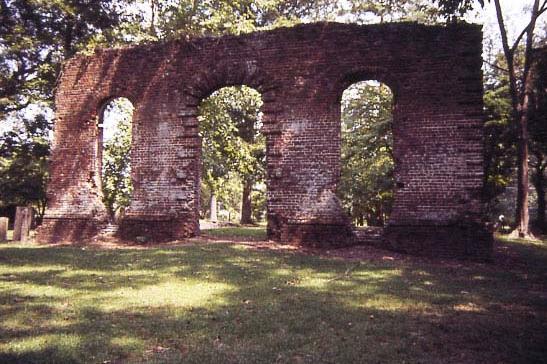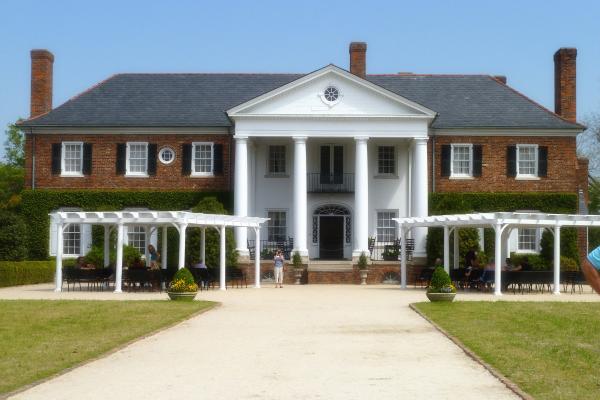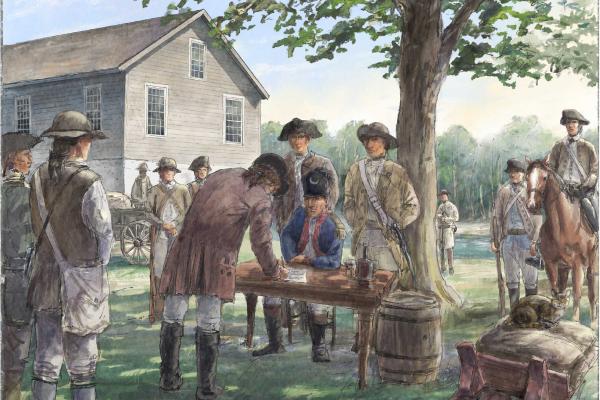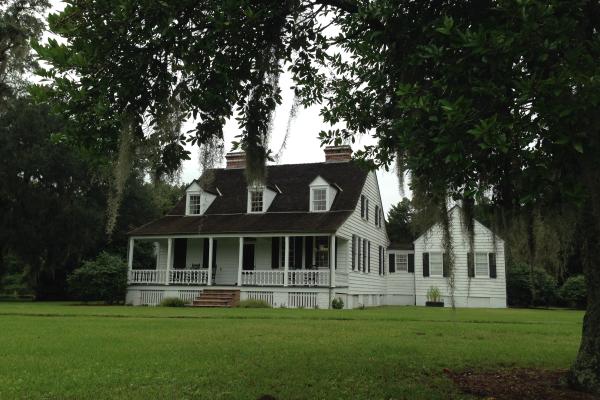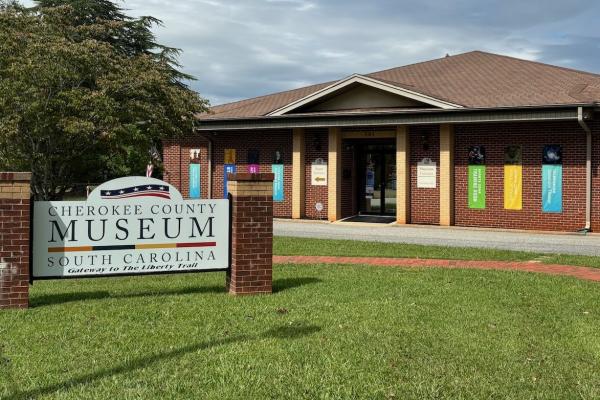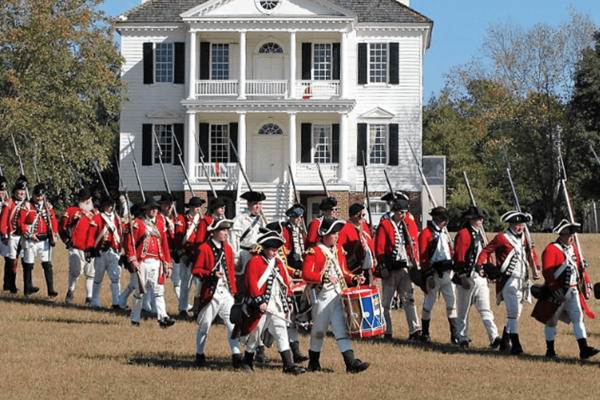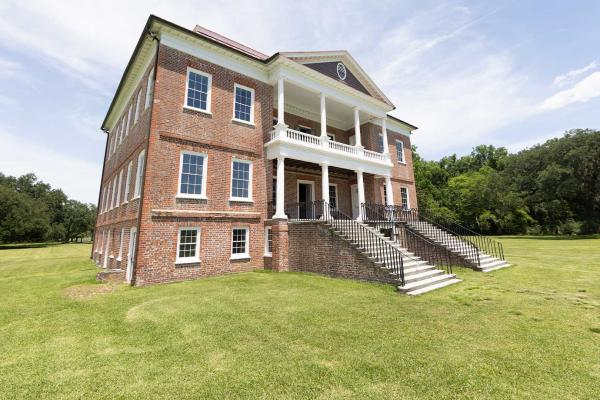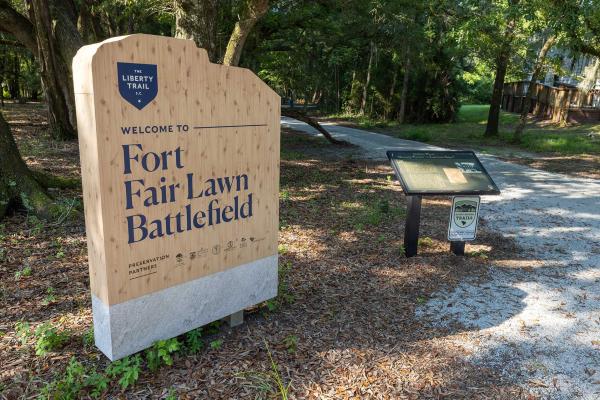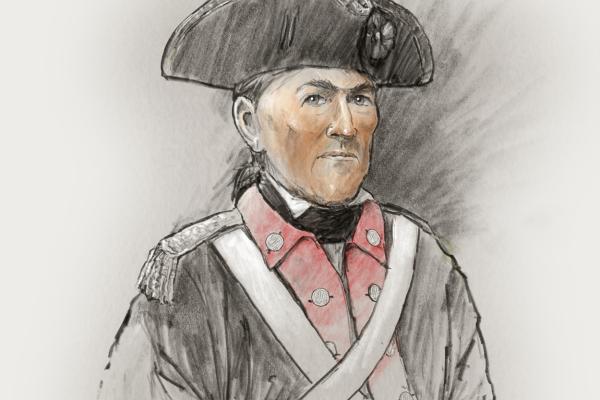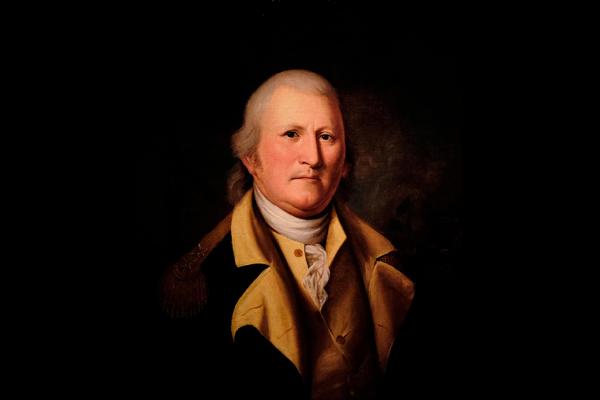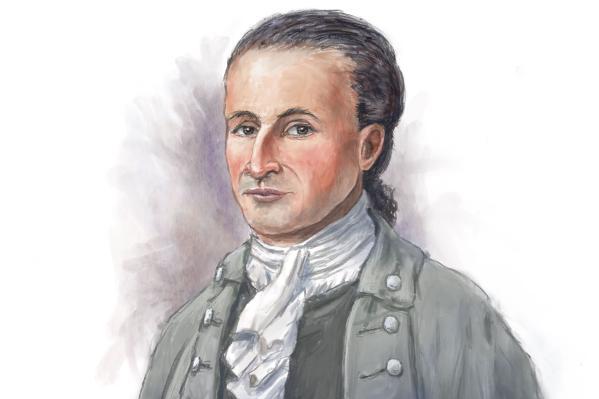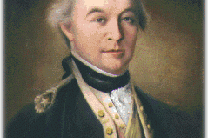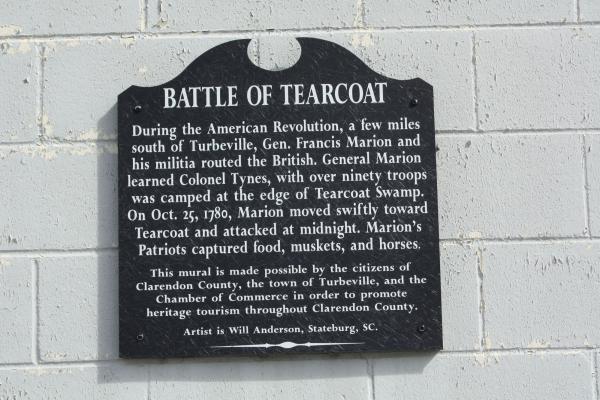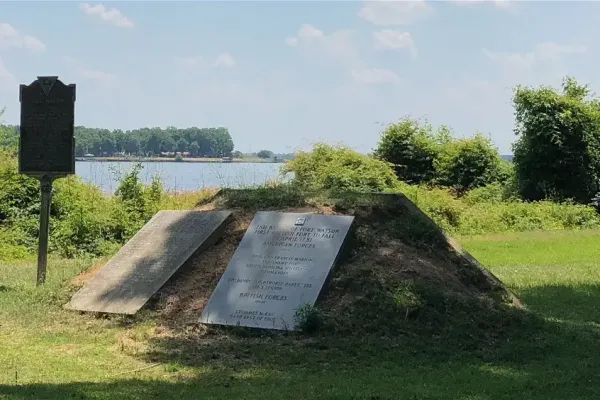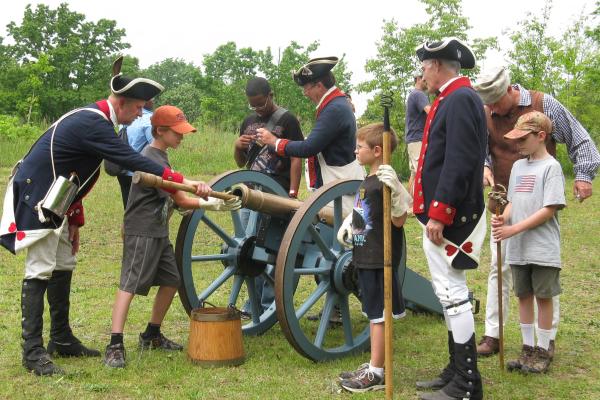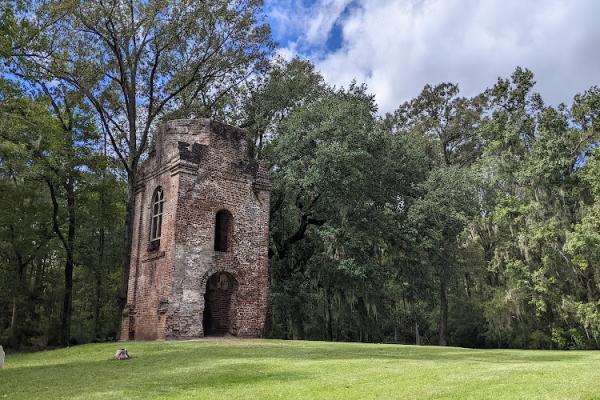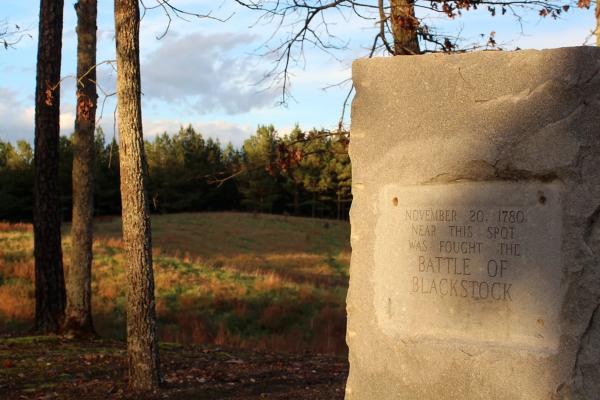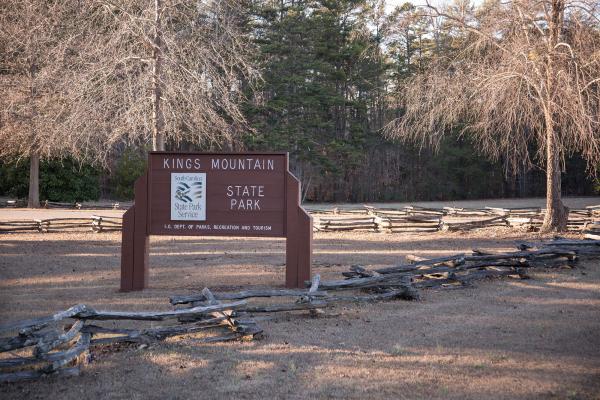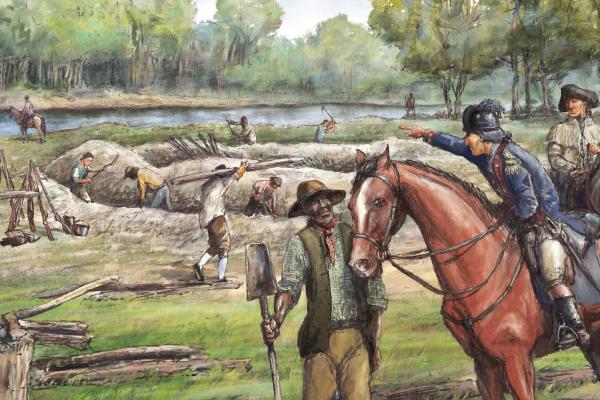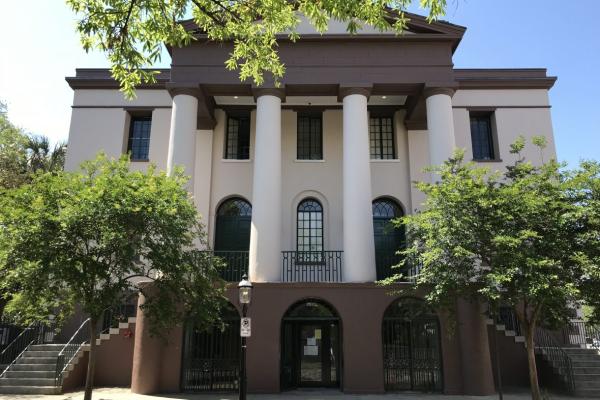The Berkeley County Museum is located in historic Moncks Corner, South Carolina and contains Revolutionary stories and artifacts from around the...
During the British occupation of Charleston in 1781, these grounds were part of a British outpost to supply ammunition and provisions to patrolling...
Boone Hall was influential in the history of South Carolina. Explore the house and grounds of this Colonial Plantation, as well as a live presentation...
Located in the Pee Dee region of South Carolina, it was here that Francis Marion signed a treaty with a local Loyalist militia leader, effectively...
This park preserves the story of Charles Pinckney and his contributions to the U.S. Constitution, and of 18th century plantation life for free and...
With a rotating collection of artifacts and interactive exhibits, the Cherokee County Museum has something for all ages and interests.
A former British headquarters, explore the reconstructed Kershaw/Cornwallis House, British redoubts, and programs about colonial life.
Visit Historic Drayton Hall — Tour the nation’s oldest preserved plantation house in America still open to the public. Explore Drayton Hall's 18th...
Fort Fair Lawn was a British outpost in 1780–1781 and was the target of a daring Patriot raid on November 17, 1781, and abandoned by the British a...
Liberty Trail History Makers
The Revolutionary War was a war unlike any other — one of ideas and ideals, that shaped “the course of human events. Explore the history and personalities from this pivotal time in American history.Robert Kirkwood served at major battles of the Revolution, including Monmouth, Camden, and Cowpens, where Kirkwood led his Delawareans to play a decisive role in Daniel Morgan’s victory. Kirkwood went on to lead his men at Guilford Courthouse, Hobkirk Hill, Ninety-Six, and Eutaw Springs.
On June 28, 1776, the British attacked Sullivan’s Island. Against impossible odds and outnumbered 2,200 British troops to 435 soldiers within the fort, Moultrie successfully prevented land and sea invasions of Charleston. The British retreated to New York and would not return to South Carolina until 1780.
Salvador earned the nickname "Southern Paul Revere" when he rode over 30 miles to warn militia units in the backcountry of South Carolina of an Indian attack.
William Woodford (1734–1780) was a Virginia soldier who made his mark early in the Revolution, leading the 2nd Virginia Regiment to victory at Great Bridge. A seasoned fighter, he battled at Brandywine and Monmouth, but was captured at Charleston. Woodford tragically died in British captivity aboard a prison ship.
